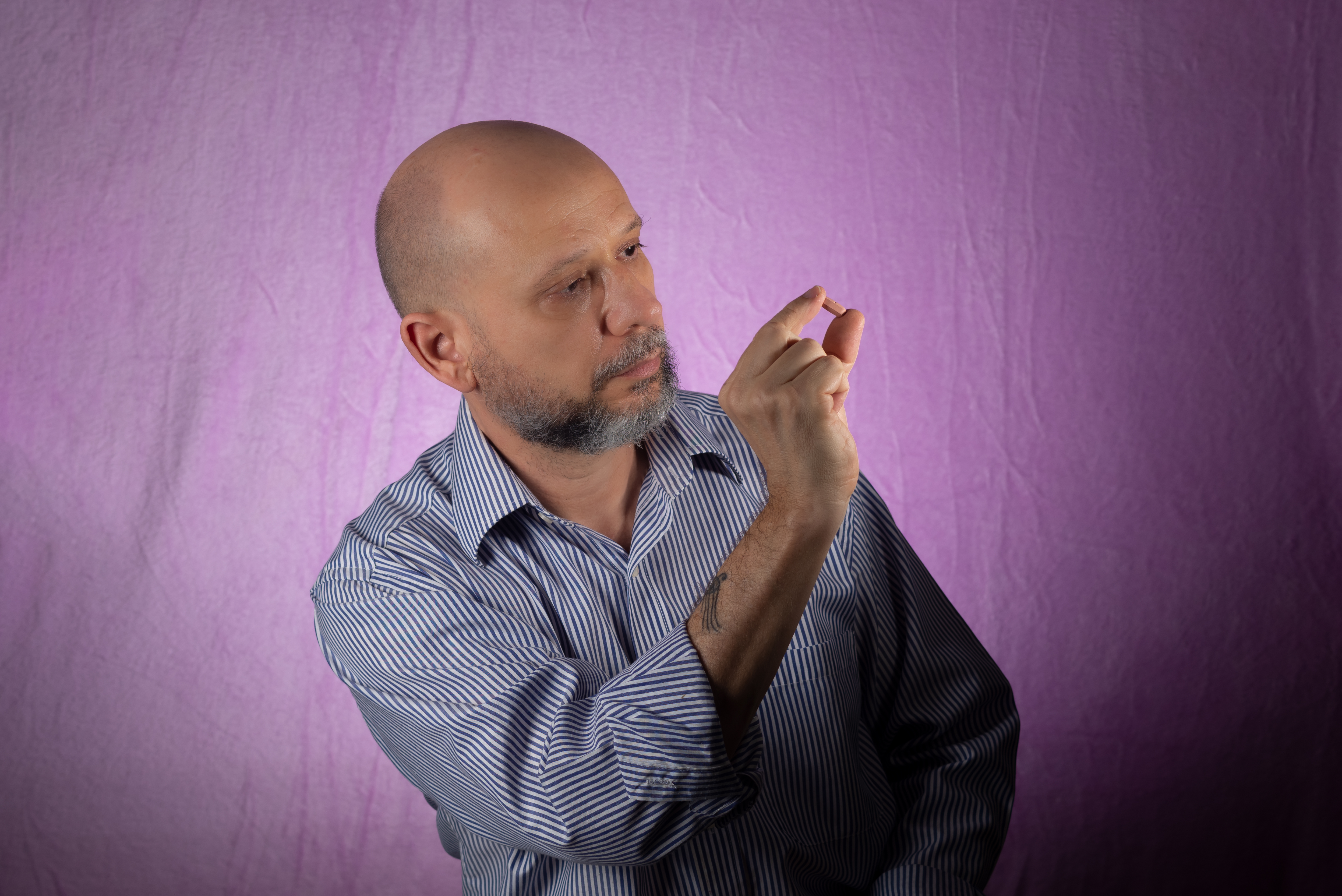It Ever Too Late to Start Finasteride?
Understanding Finasteride: Mechanism and Application
Finasteride works by inhibiting the conversion of testosterone into dihydrotestosterone (DHT), a hormone linked to prostate enlargement and hair follicle miniaturization. By lowering DHT levels, finasteride can mitigate symptoms associated with BPH and prevent hair loss while potentially encouraging regrowth. The recommended dosage differs for each condition—1 mg daily for hair loss in men and 5 mg for BPH—highlighting the drug’s condition-specific use.
Setting Expectations: A Long-Term Perspective
The effectiveness of using a treatment like finasteride in stopping hair loss is well known and proven in clinical trials, with approximately 90% of users experiencing stabilized hair loss within the initial year of treatment. Nevertheless, the success rate may decrease over time, which could be attributed to unresolved causes of hair loss rather than diminished efficacy of the drug. It is crucial for users to maintain realistic expectations, understanding that finasteride should be part of a long-term management strategy and not a quick fix approach.
Assessing the Optimal Timing for Treatment
The success of finasteride as a treatment option is closely tied to the state of hair follicles; it is most effective when follicles are still active and alive. Although the drug may be less effective in cases of complete baldness due to inactive follicles, individuals with noticeable hair thinning can still see improvements in hair density and texture. Early intervention with finasteride is generally preferred for the common form of hair loss, but benefits can be observed at various stages of baldness.
Considering Side Effects and Informed Decision-Making in the Context of Androgenetic Alopecia
While the potential side effects of finasteride, such as sexual dysfunction and mood changes, are relatively rare and often reversible, they necessitate careful consideration, particularly when used to increase hair count in patients with androgenetic alopecia. Consulting with healthcare providers is essential to evaluate the individual risk-benefit ratio, especially when using finasteride as a treatment option for conditions running in the family. Being informed about possible side effects allows users to make knowledgeable decisions regarding finasteride use.
Many patients have often overstated concerns over the potential side effects of finasteride but as with any side effects, they do not necessarily happen to everyone, even when treating common forms of hair loss such as androgenetic alopecia. Many physicians now prescribe finasteride 3 times weekly instead of the daily dose approach and many men have found a satisfactory compromise with this prescribing approach. Finasteride is also used topically to help decrease any potential systemic side effects.
Enhancing Outcomes with Combined Therapies, Including Using Finasteride for Androgenetic Alopecia
Although finasteride targets DHT effectively, combining it with other treatments like minoxidil (which improves blood flow to the scalp) or low-level laser therapy can enhance overall results by encouraging new hair growth. This integrated approach addresses hair loss from multiple angles, potentially improving hair restoration outcomes.
Informed Decision-Making Is Key
The decision to begin finasteride treatment involves a comprehensive understanding of its benefits and drawbacks, as well as the importance of timing, especially for those showing early signs of hair loss. While early treatment start may lead to better outcomes, significant advantages can still be achieved at later stages.

In Toronto, MisterPharmacist stands out by providing a tailored service for finasteride users, offering a complimentary pill splitter with each new prescription for the 5mg dosage, particularly helpful for those treating androgenetic alopecia. This practice underscores the pharmacy’s commitment to enhancing patient convenience and affordability, emphasizing the importance of correct dosing for effective treatment.



